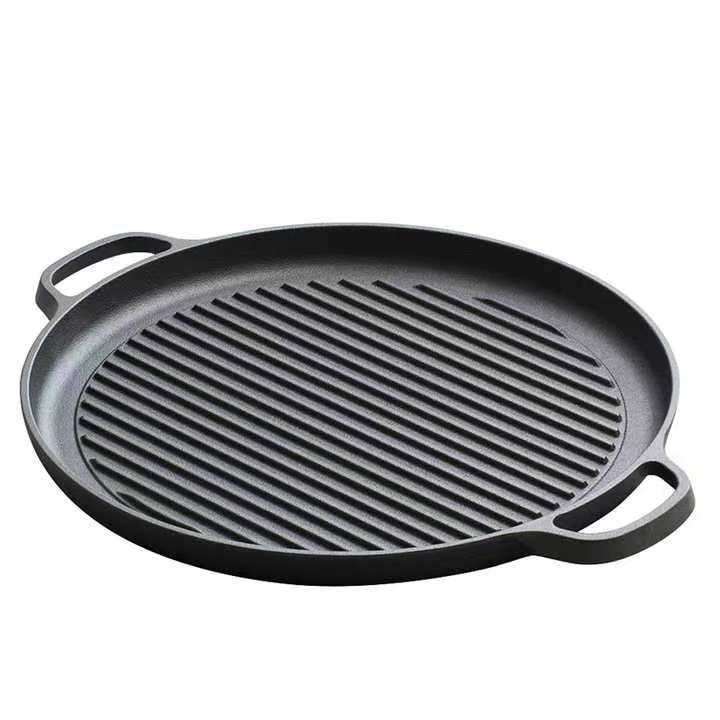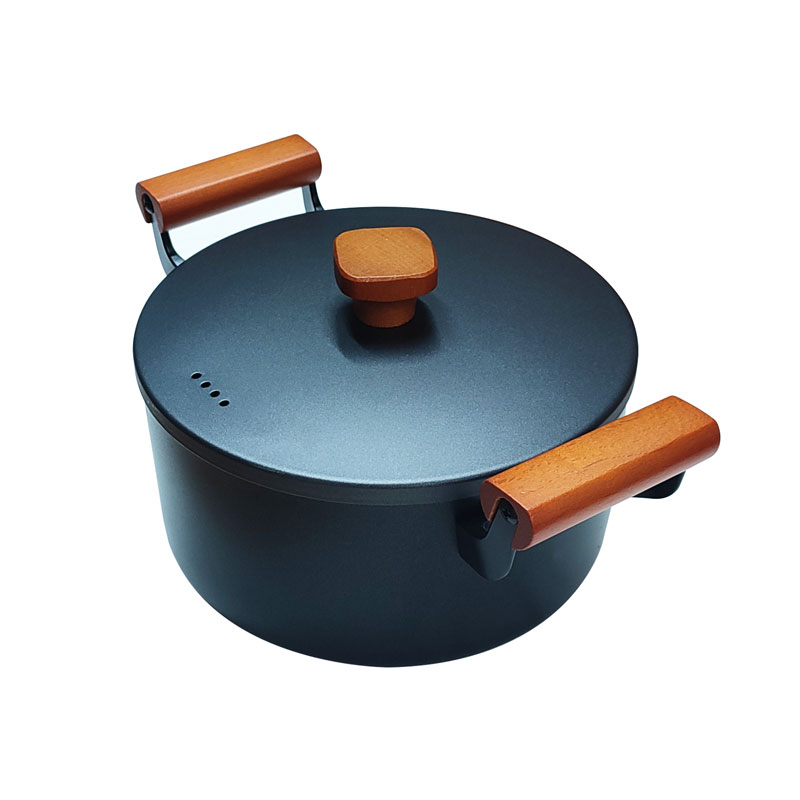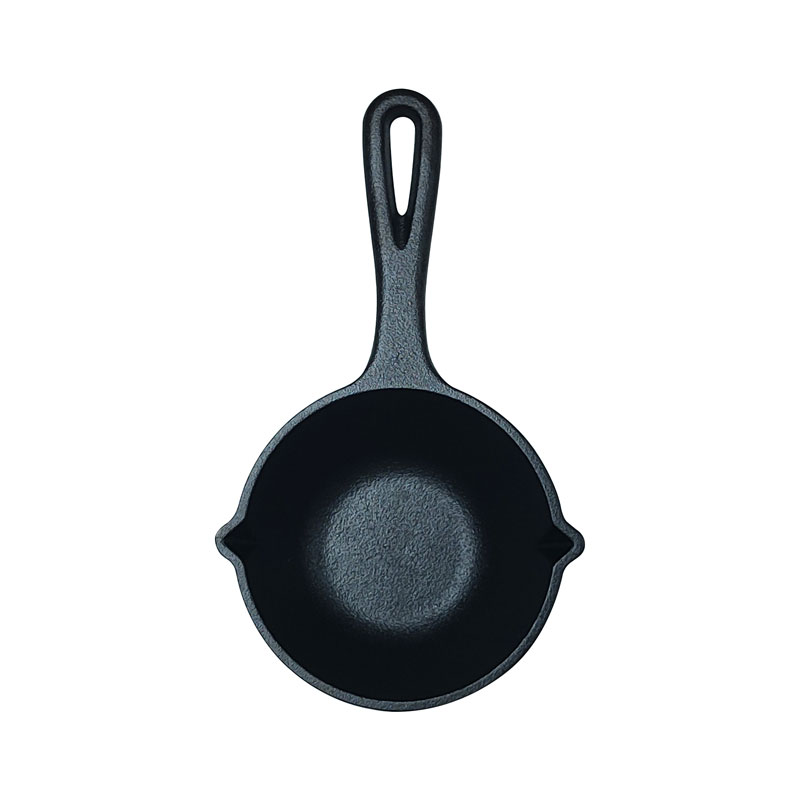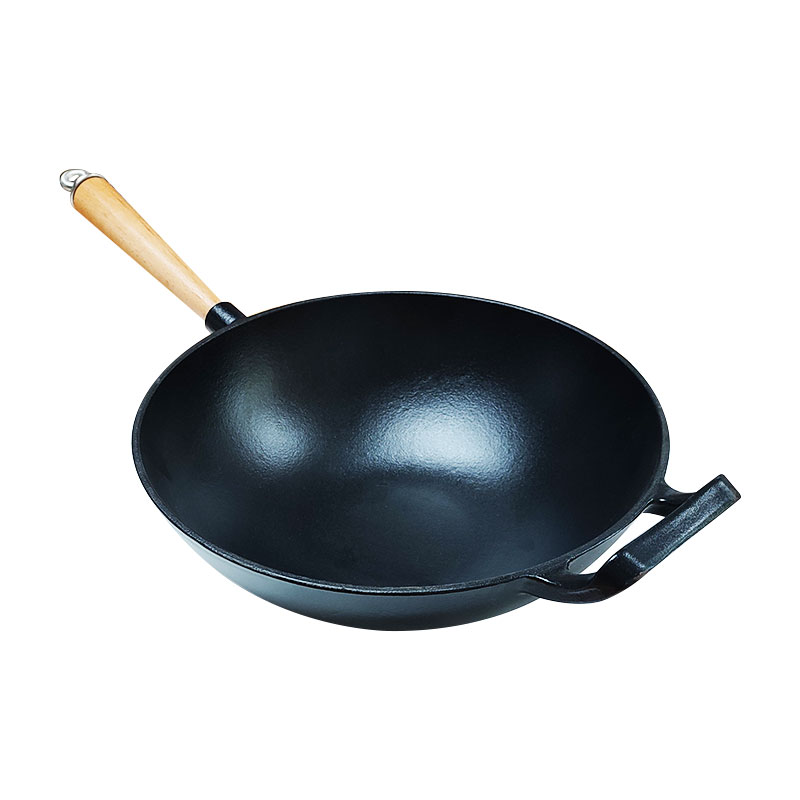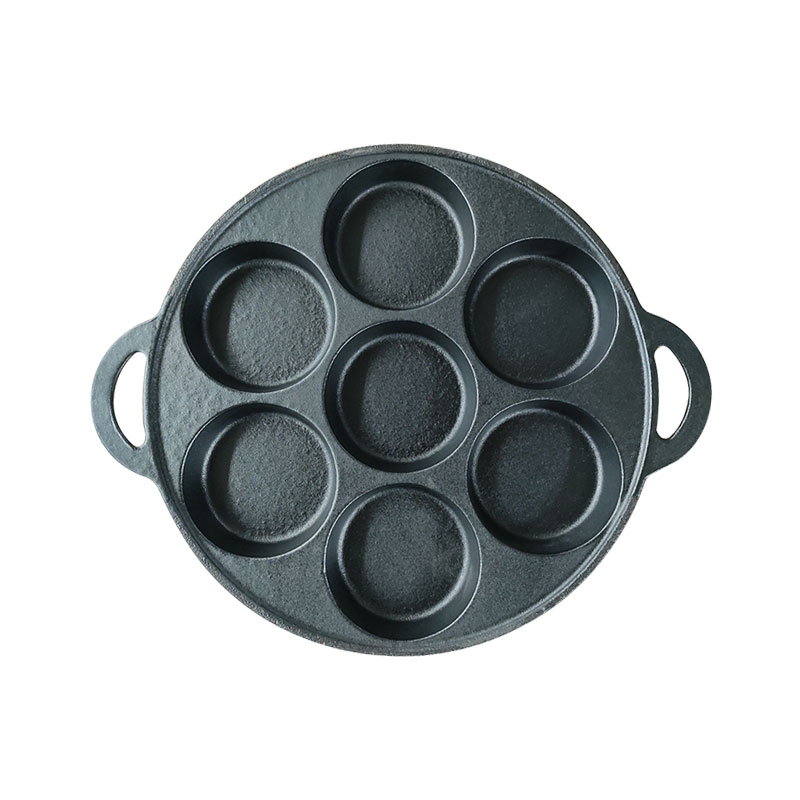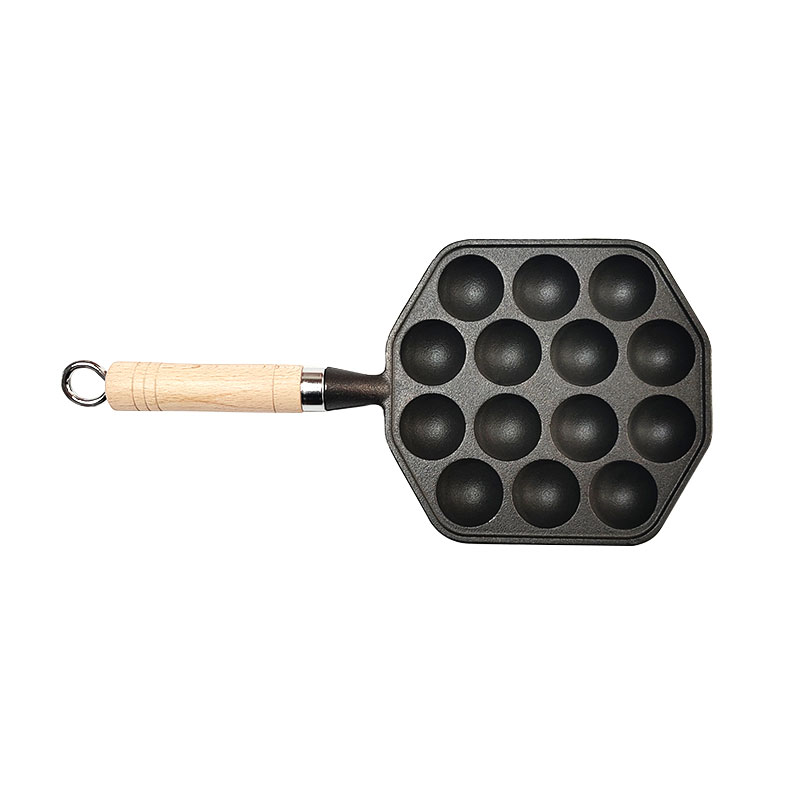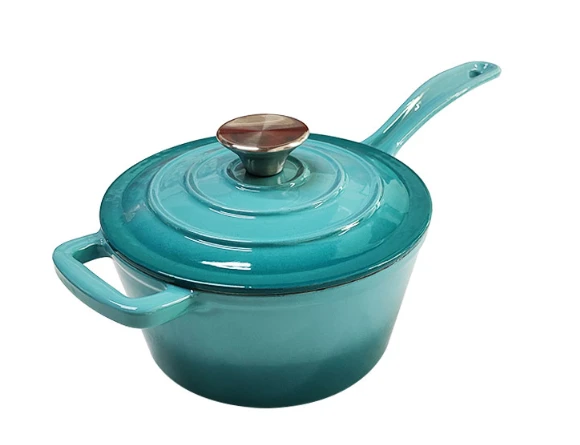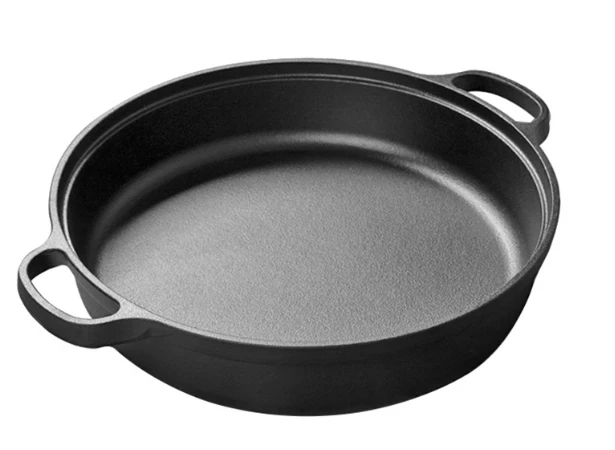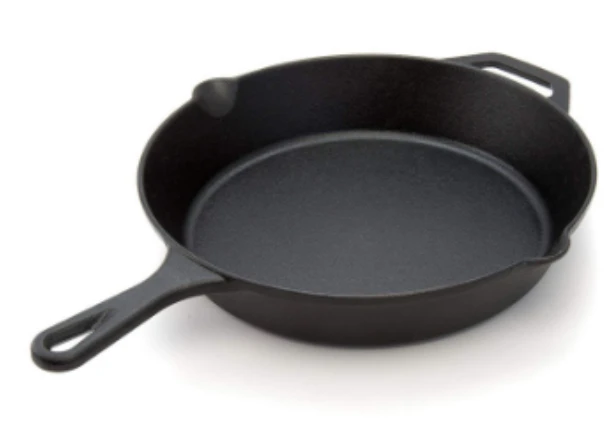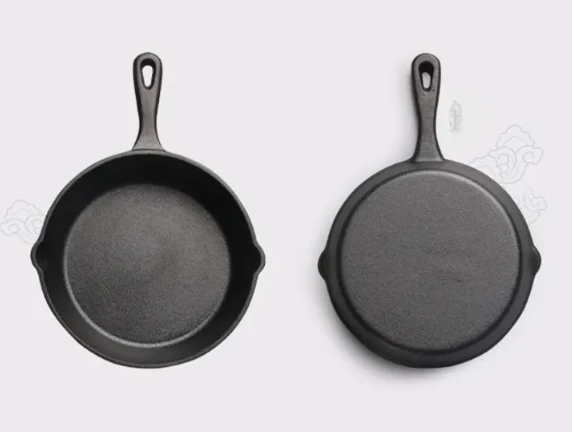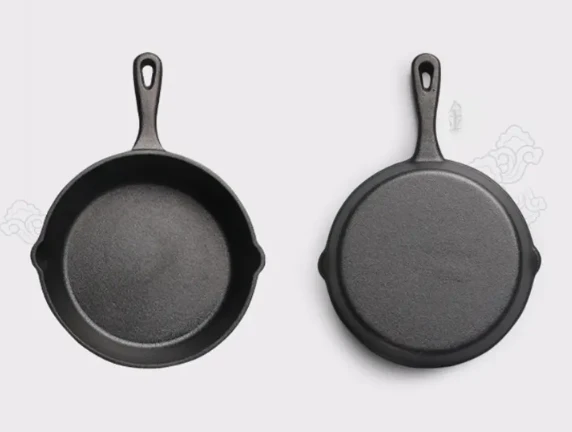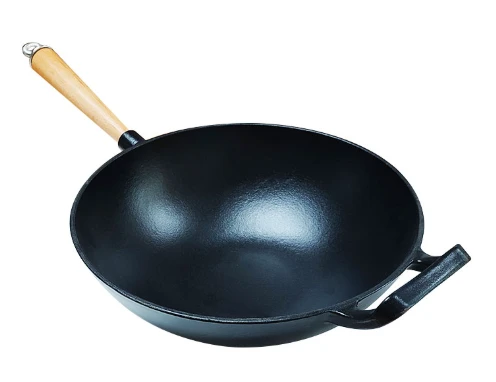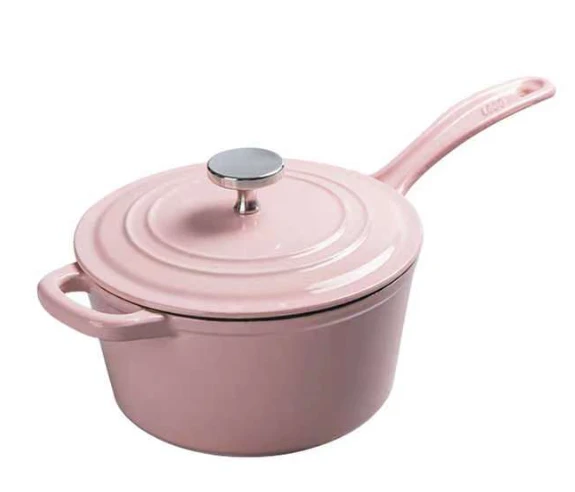- الأفريقي
- الألبانية
- الأمهرية
- عربي
- الأرمنية
- أذربيجاني
- الباسكية
- البيلاروسية
- البنغالية
- بوسني
- البلغارية
- الكاتالونية
- سيبوانو
- كورسيكي
- الكرواتية
- التشيكية
- دانماركي
- هولندي
- إنجليزي
- الإسبرانتو
- الإستونية
- الفنلندية
- فرنسي
- الفريزية
- الجاليكية
- جورجي
- الألمانية
- اليونانية
- الغوجاراتية
- الكريولية الهايتية
- الهاوسا
- هاواي
- العبرية
- لا
- مياو
- المجرية
- الأيسلندية
- إيغبو
- الإندونيسية
- أيرلندي
- إيطالي
- اليابانية
- الجاوية
- كانادا
- الكازاخستانية
- الخمير
- رواندية
- كوري
- كردي
- قيرغيزستان
- تَعَب
- اللاتينية
- اللاتفية
- الليتوانية
- اللوكسمبورغية
- المقدونية
- الملغاشية
- الملايو
- المالايالامية
- المالطيون
- الماوري
- الماراثية
- المنغولية
- ميانمار
- النيبالية
- النرويجية
- النرويجية
- الأوكيتانية
- البشتونية
- الفارسية
- بولندي
- البرتغالية
- البنجابية
- روماني
- Russian
- ساموا
- الغيلية الاسكتلندية
- الصربية
- إنجليزي
- شونا
- السندية
- السنهالية
- السلوفاكية
- السلوفينية
- الصومالية
- الأسبانية
- السوندانية
- السواحيلية
- السويدية
- التاغالوغية
- الطاجيكية
- التاميلية
- التتار
- التيلجو
- التايلاندية
- التركية
- التركمان
- الأوكرانية
- الأردية
- الأويغور
- الأوزبكية
- الفيتنامية
- الويلزية
- يساعد
- اليديشية
- اليوروبا
Pre-Seasoned Cast Iron Egg Frying Pan FAQ Guide
Is This Cast Iron Skillet Really Non-Stick?


Yes, it is pre-seasoned with natural oils, creating a non-stick surface that improves with continued use and proper care.
What Size Is This Skillet and How Many Eggs Can It Cook?


Sizes vary by model, but most are designed to cook 1 to 3 eggs at once—ideal for personal or small-batch cooking.
Can I Use This Skillet on All Heat Sources?


Yes, the skillet is compatible with induction, gas, electric, ceramic cooktops, and is also oven-safe (handle material permitting).
How Should I Clean the Pan Without Damaging the Seasoning?


Clean with warm water and a soft sponge. Avoid using soap or dishwasher. Dry immediately and apply a thin layer of oil after each use.
Is This Skillet Suitable for Wholesale or Custom Branding?


Yes, it’s available for bulk orders and supports custom logo branding, packaging, and labeling for retailers or promotional use.


استفسر الآن عن عروض أواني الطهي المصنوعة من الحديد الزهر
يرجى ملء النموذج أدناه وسوف يتواصل فريقنا معك بشأن الأسعار وتفاصيل المنتج وخيارات التخصيص.










